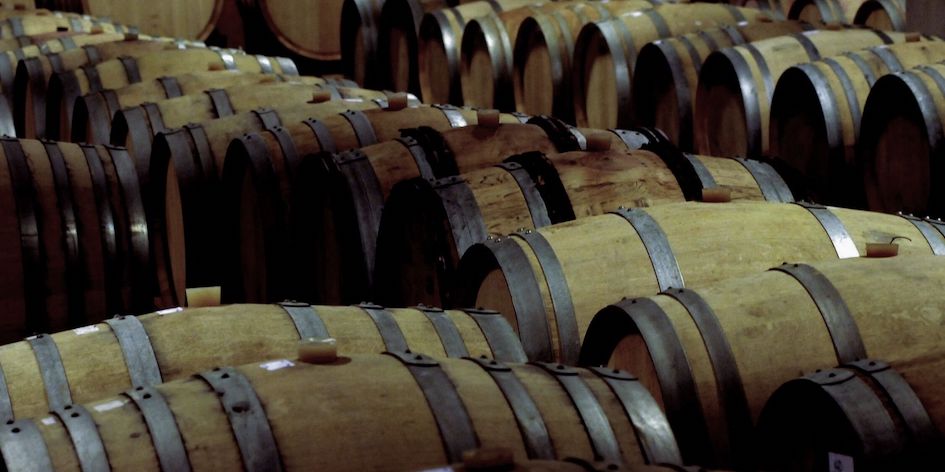For all people who are passionate about wine, the barrique plays a special role: a small wooden container that makes wine great. Let's see how things really are and everything there is to know about the barrique .
We have already written about the refinement of wine, here we see in detail the secrets of the barrique, how it works and why it seems to be the secret of quality wine.
What does barrique mean?
Directly from the Treccani Vocabulary: small oak barrel with a capacity of between 225 and 228 litres , in which high quality wines are stored (therefore called "barricaded"). It is pronounced ‹barrìk›.
When is the barrique born?
Traces of oak wood in some transport containers found in ancient Greek containers have led scholars to suppose that since ancient times wine was aged in real wooden barrels.
Certainly, wine has been transported and preserved in wood since the Middle Ages. Barrels and barrels have increased over the centuries and in the 19th century their use became widespread, so in France the barrique was being codified as the small container we know today. From there, it spread to all areas of the world where quality wines are produced.
What material is the barrique made of?
Until the mid-twentieth century, various woods were used: acacia, chestnut, cherry, ash, oak and other minor essences. Today the barriques are made of oak wood ( Quercus sessilis and Quercus peduncolata ), after research clarified that it is the best wood for refining wine, in particular because oak does not give bitter notes to the wine.
How does barrique aging work?
The barrique is a tool for refining wine: the aim is to increase the quality of the wine by promoting its natural stabilization, reaching the peak of aromas and taste balance.
Technically the barrique acts in two ways:
1. promotes the slow natural micro-oxygenation of the wine, as it is not an airtight container;
2. enhances the aromas of the wine, making them "explode", thanks to the exchange between wood and wine.
For those who want to go into more detail:
1. The barrique allows oxygen to slowly enter inside and the limited surface area of the container increases the surface area of wine in contact with the outside (ah, the geometry...). So oxygen enters, residual carbon dioxide from alcoholic fermentation exits.
Furthermore, the pores of the wood accelerate the combination of anthocyanins and tannins , complex and stable compounds are formed and the tannins polymerize. Therefore the wine is more balanced in its color retention over the years but above all they make the tannins silky, less aggressive and decidedly pleasant.
2. The barrique amplifies the olfactory range of the wine by giving (but also receiving) some components to the wine, a fact that is reduced after 2 years of use. Therefore the wine takes on the most evolved notes of vanilla and milk chocolate, without the fruity and floral notes being lost (if used well and if the starting grapes are perfectly ripe).
Is there an Italian term for barrique ?
The legendary Luigi Veronelli was sorry that there was no Italian way to call this precious container, a symbol of quality wine, so he invented the term " carato ".
- Read also: how to store wine at home
Which wines are best aged in barrique ?
Traditionally: Pinot Noir (ah, Burgundy ...) and wines made with Bordeaux blend; and then there is Chardonnay. Basically, it is necessary to start from grapes with a clear and precise olfactory profile, otherwise the characteristics derived (or rather: enhanced) from refinement overwhelm those of the wine.
Are barricaded wines in fashion?
It depends . After a second half of the twentieth century which greatly exalted barricaded wines, creating a real fashion, in recent decades a current of thought has emerged which has revised that quality system to appreciate different, fresher and more drinkable wines, aged in steel . But the great tradition of wine aged in barriques is far from dormant, simply today it tends to be applied to the most suitable wines.




